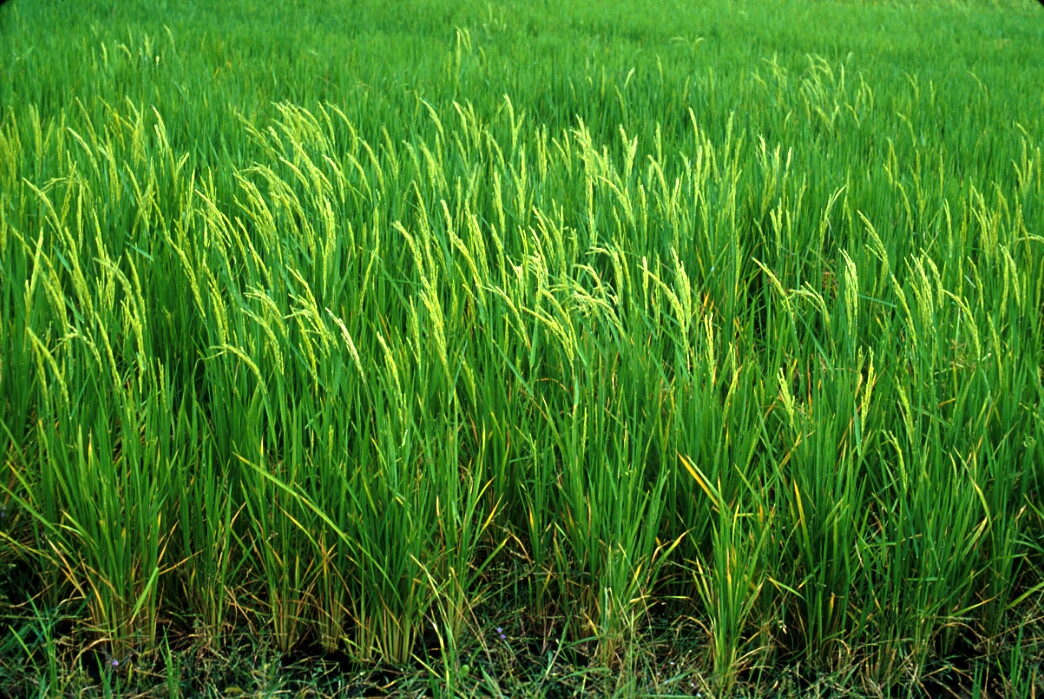|
|
|
|

|
|
|
|
Defining objectives |
|
|
|
|
Factors affecting the adoption of improved varieties |
|
|
|
|
• Identification of the factors affecting farmer adoption of rainfed rice cultivars• Explaining the role of farmer-to-farmer dissemination |
|
|
|
|
|
|
|
|
|
Introduction
Many rainfed rice cultivars are released by national programs each year, but relatively few are adopted by farmers. If rainfed rice breeding programs are to increase their impact, the reasons for non-adoption must be explored.
RD7 cultivar in rainfed lowland, Thailand |
|
|
|
|
1. Why is the rate of adoption of new rainfed rice varieties so low?
There are probably three main reasons for low rates of adoption of new varieties. These are discussed briefly below. Select an item to read more. |
|
|
|
|
|
|
|
|
|
2. Two case studies:
A. The spread Mahsuri, a widely-adopted rainfed rice variety in South Asia |
|
|
|
|
B. Swarna, the successor variety to Mahsuri
|
|
Farmer-to-farmer exchange helps to disseminate new varieties |
|
3. The role of farmer-to-farmer dissemination of new varieties
For most farmers, other farmers, including neighbors, friends, relatives, and community leaders, are the most important source of information and seed of new varieties. Farmer-to-farmer exchange was the main mechanism for the widespread dissemination the highly successful variety Mahsuri.
Often, a few farmers are very active in seed exchange, providing information and seed to many others in the community. Some researchers call these people nodal farmers. Seed distribution and PVS programs that target nodal farmers may have a higher chance of success than untargeted programs.
Farmer giving seed to other farmer |
|
|
|
|
4. Brainstorming exercise
Click on the icon to see the exercise. |
|
Let's conclude |
|
Summary
|
|
Next lesson |
|
In the next lesson, you will learn how to set goals and identify the target environment. |
|
|
|
|
|

|

.gif)

